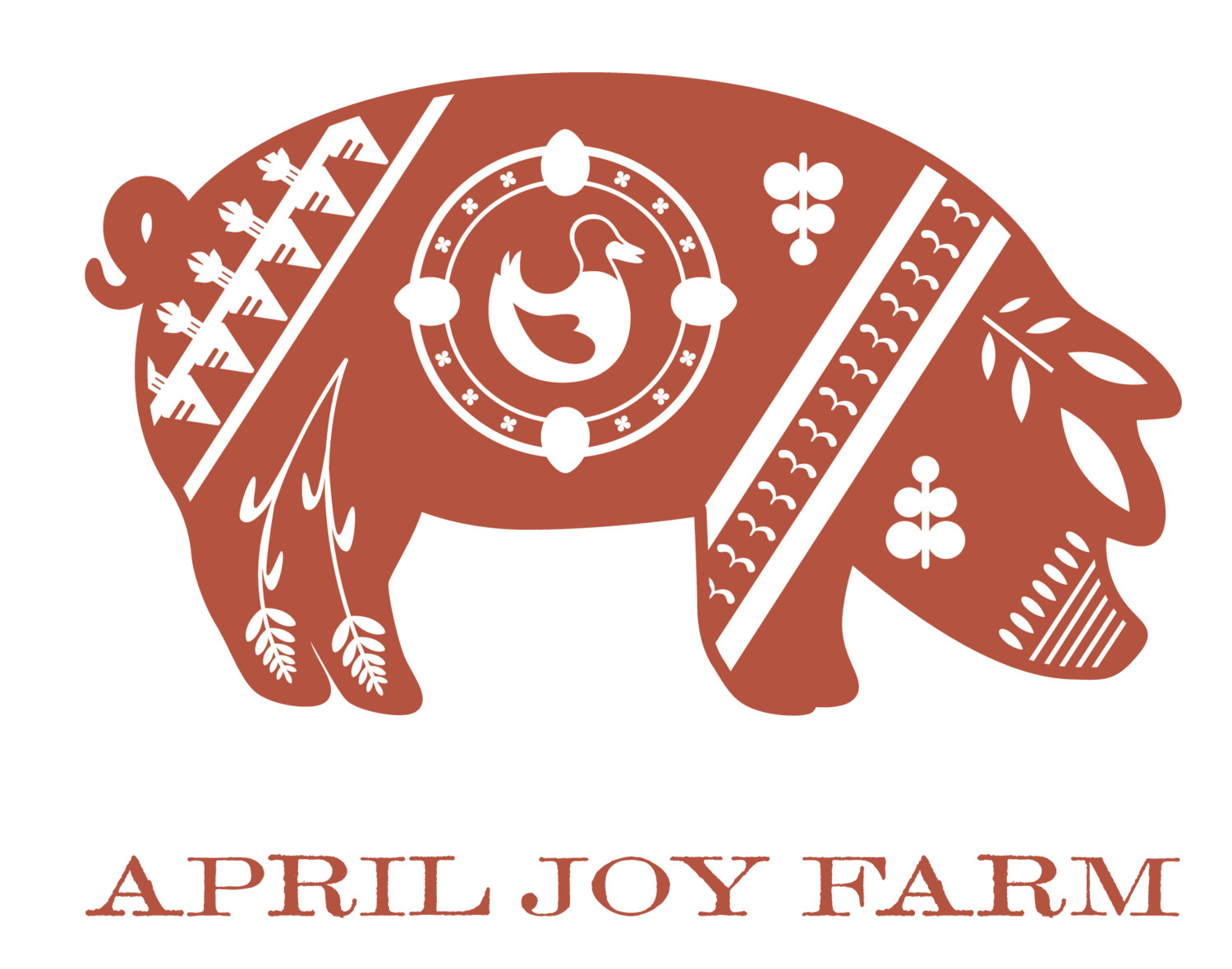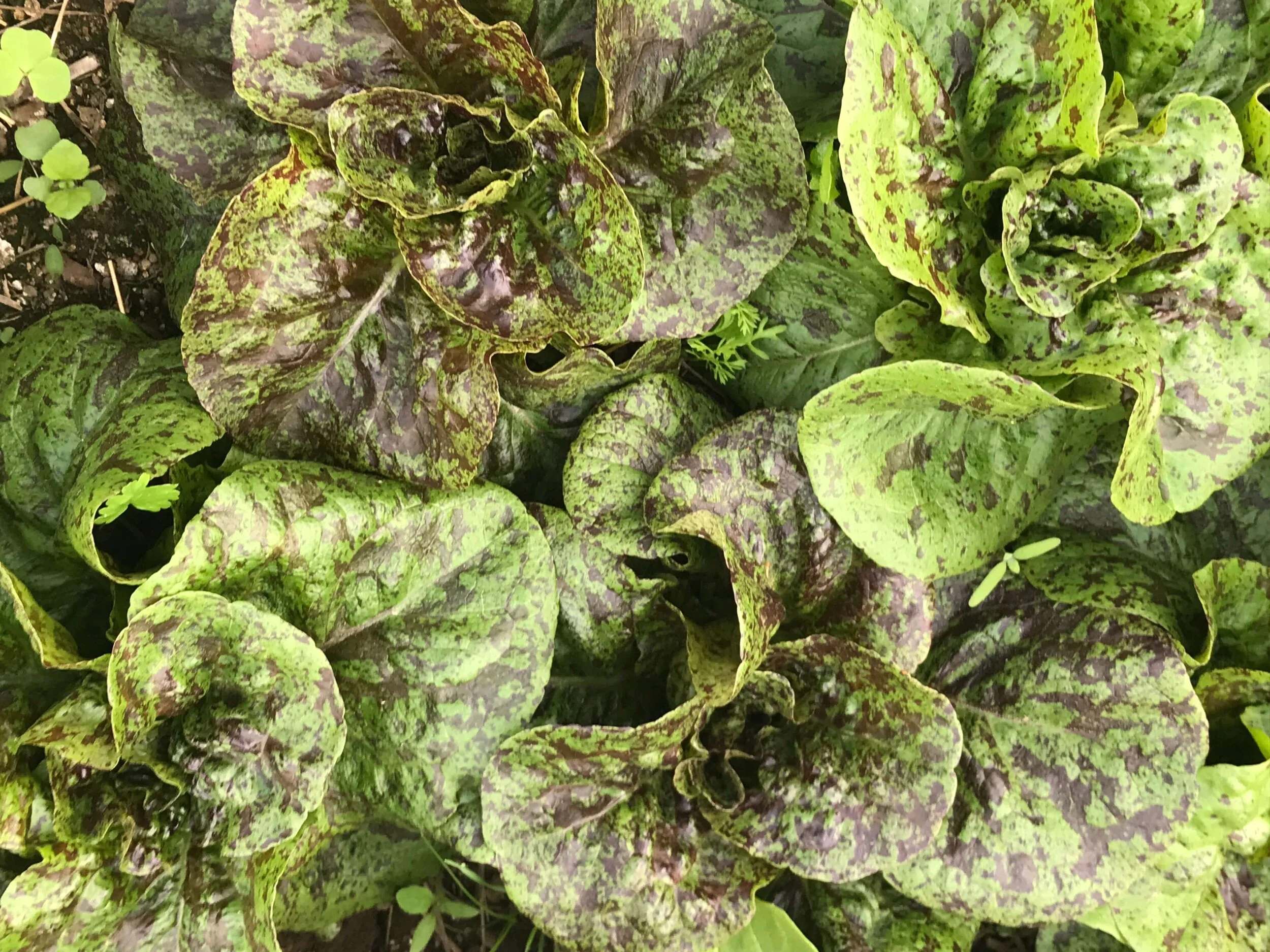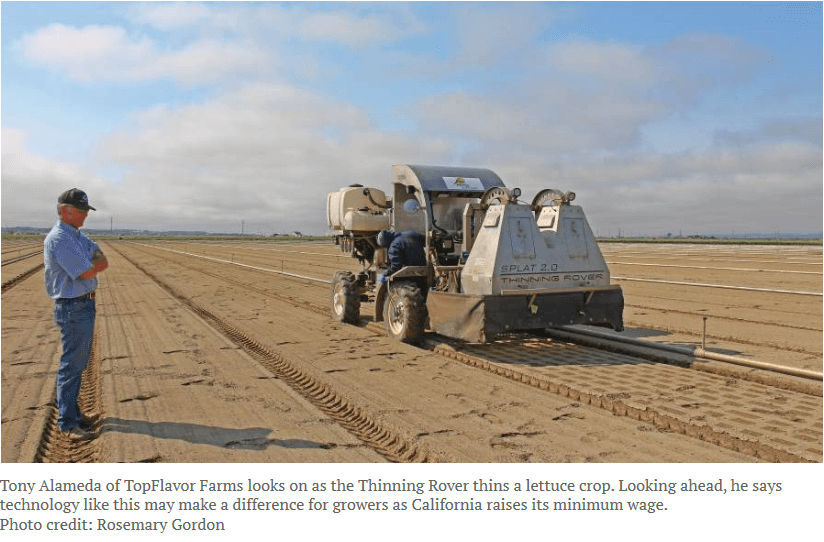Lettuce Be Real About the Facts
Lettuce Be Real About the Facts
Lettuce is second only to potatoes in terms of U.S. per capita consumption. According to the Agricultural Marketing Resource Center, California and Arizona produce over 98 percent of the leaf lettuce in the U.S. It might surprise you to know that major production areas are centered in extreme desert climes such as Yuma and the Imperial Valley. This is ironic considering lettuce grows best in mild daytime climates (73F) and moderate nights (45F) and according to the Water Footprint Network, requires over 13 gallons of water to produce just one pound. Yuma, by contrast, receives an average of only 3 inches of rain per year so the majority of the water is removed from the Colorado River.
Why on earth is the vast majority of lettuce eaten in the U.S. grown in the desert? Primarily because we are eating lettuce out of season, i.e. all winter long. Washington State University extension fact sheet FS0813 explains how this choice has affected our regional food economy. "Lettuce production has not been tracked in Washington since 1999, when large-scale production was sharply reduced. Washington farmers mostly lost market contracts to farmers in California who can supply lettuce year round (U.S. Census Bureau 2012)."
Where is the Water?
Where is the Biodiversity?
Or asked another way: Where is the Nutrient Density?
We intuitively understand that tomatoes ripen only once a year, but lettuce is so ubiquitous that it's easy to ignore the facts. This winter, please consider supporting Washington farmers and sane agricultural practices by switching out those tender lettuces for hearty leafy greens produced regionally. Meanwhile, as you fill those big salad bowls this week, don't let the tomatoes hog all the attention!
Let's savor and celebrate every single beautiful head of lettuce. ~ AJ
“There is a very high cost to cheap food. It’s just not paid at the cash register.”


